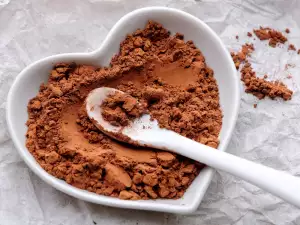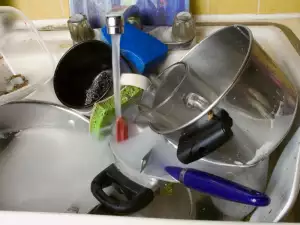Since the refrigerator serves to store the products we eat, good hygiene procedures must be followed to avoid harmful bacteria and mold getting into our food.
The cleaning of external parts happens as often as necessary. Washing with soapy water or a suitable detergent is sufficient.
When cleaning the back of the refrigerator, the refrigerator must first be turned off. A lot of dust accumulates there and must be removed at least several times a year.
Cleaning is done with a regular vacuum cleaner with a suitable nozzle for tight spaces. This will improve the conditions for heat exchange and reduce the electricity cost.

For refrigerators where the compressor is external rather than behind an internal wall, this procedure is particularly important, as dust accumulation slows down the operation of the compressor and may even cause problems.
Before cleaning the interior of the refrigerator, it must be disconnected from the power supply and all products must be removed from it.
If the refrigerator does not have a NoFrost system, its freezer section must also be defrosted beforehand. It is recommended to clean the refrigerator part at least 3 times a month.
Cleaning the refrigerator can be done with water to which baking soda has been added - 1 tablespoon per 1 liter of water. Baking soda, in addition to making surfaces perfectly clean, will also remove bacteria. The rubber strips and the evaporator are cleaned with warm water only.
You should be careful when cleaning the refrigerator, so that water does not get into the thermostat or the lamp system. The washed refrigerator is wiped inside and outside with a dry soft cloth.
To remove unpleasant odors in the refrigerator, after cleaning, put a piece of freshly cut lemon, a glass of soda or vinegar, or just a piece of plain bread.
If the smell is too strong, wipe the inside of the refrigerator with a cloth soaked in water and a little vinegar.
Of course, specially designed flavoring agents and charcoal filters can also be used.
Have a look at:
- how to defrost the refrigerator;




















Comments